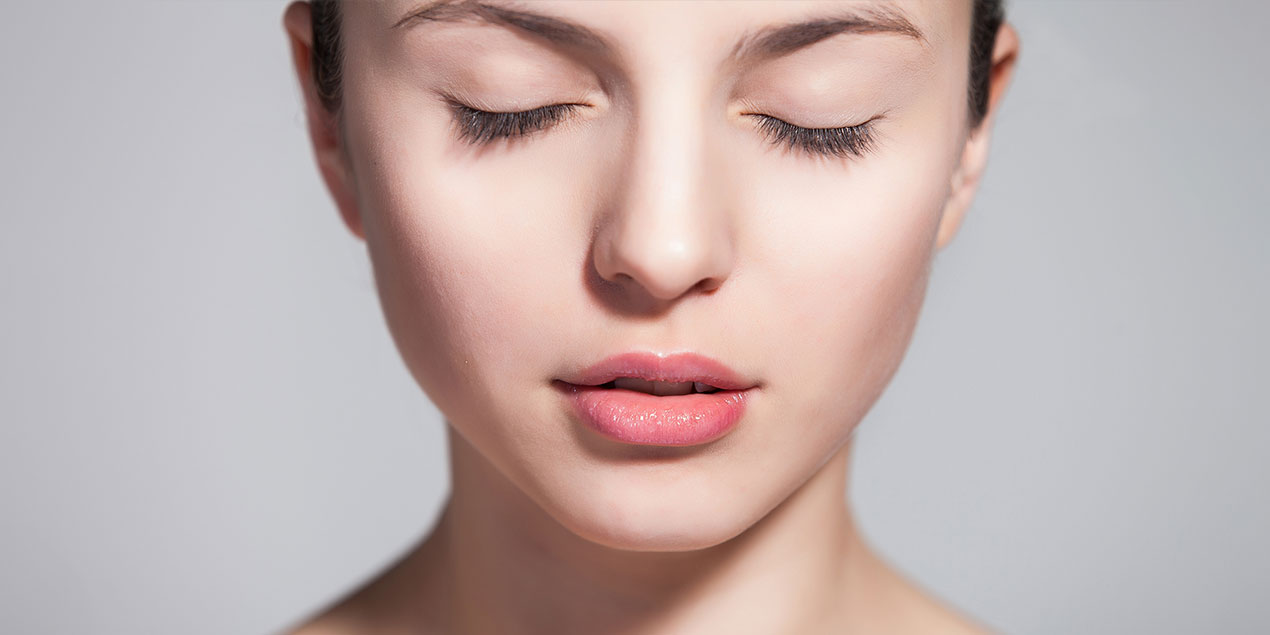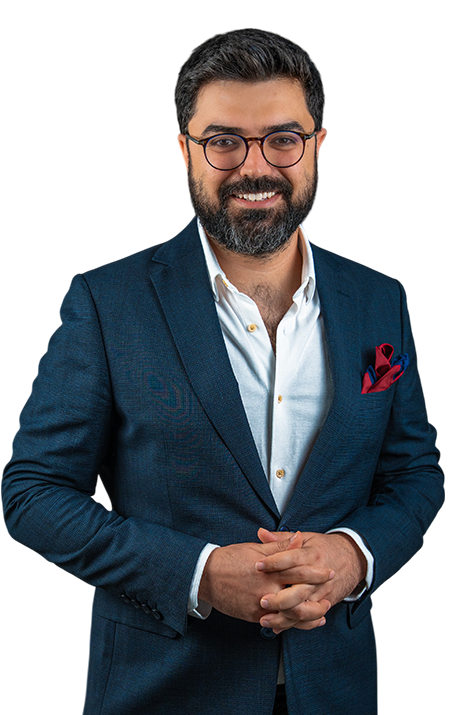Your eyes are like the “windows” of your face: vibrant gazes, a slight smile, and energetic expression leave traces around you. Over time, gravity, thin skin tissue, and expression lines can cause sagging, bagging, and wrinkles in your upper and lower eyelids. This creates both a tired and aged appearance. Have you exceeded the limits of non-surgical methods? If you’re looking for a permanent, effective, and natural solution, Eyelid Surgery (Blepharoplasty) is perfect for you! At our clinic in Istanbul, this operation offered with the superior skills of our plastic surgery specialists and state-of-the-art equipment revitalizes your eye area with a young and dynamic expression.
What is Eyelid Surgery (Blepharoplasty)?
Blepharoplasty is an aesthetic operation where excess skin, muscle, and fat tissue in the upper and/or lower eyelids are shaped and excess removed using minimally invasive surgical methods.
Purpose:
- Upper Lid Sagging: Open gazes by removing excess skin covering your eyes
- Lower Lid Bagging: Reduce bags by balancing fat pads under the eyes
- Reducing Lines and Fine Details: Alleviate the appearance of fine wrinkles
Technique: Classic incision, laser-assisted, or radiofrequency (RF) methods; scars are hidden at lash lines or near lower lid.
Duration: Average 60-120 minutes; performed under local anesthesia + sedation or mild general anesthesia.
Why Choose Eyelid Surgery?
- Dramatic Rejuvenation: Erases years of traces in the eye area, the focal point of your face.
- Natural Expression: Provides dynamic gazes while preserving your expressions.
- Minimal Scarring: Incisions hidden in lash lines and under-eye curves disappear over time.
- Fast Recovery: Most patients can return to social life within 5-7 days.
- Long-lasting Effect: Preserves your youthful gaze for 8-10 years.
- Combined Aesthetics: Can be applied simultaneously with other procedures like brow lift, facelift, or filler.
Who Are Candidates for Eyelid Surgery?
- Healthy Individuals Aged 35-70: Those with pronounced sagging or bagging complaints in eyelids
- Genetic Tired Expression: Those with genetically low brows or baggy lower lids regardless of age
- Eyelid Function Disorder: If excess skin above the eye narrows the field of vision
- Low Prejudice Against Surgery: Those who value scar concealment and fast recovery process
Note: Candidates with uncontrolled diabetes, bleeding disorders, or active eye infection must first undergo medical optimization.
Pre-Surgery Preparation Process
Free Consultation & Photo Analysis
- Surgery plan and expectations are clarified with upper and lower lid photos and 3D simulation.
Medical Evaluation
- Blood tests, EKG, coagulation profile; ophthalmologist and internal medicine approval obtained if necessary.
Medication and Habit Regulation
- Blood-thinning supplements like aspirin, ibuprofen, and vitamin E are discontinued 1 week prior; smoking is stopped.
Information & Motivation
- Procedure steps, risks, scar permanence, and recovery protocol are explained in detail.
Appointment Confirmation & Final Preparation
- 8-hour fasting on surgery day, comfortable upper clothing, and minimal makeup recommendations are shared.
How is Eyelid Surgery Performed?
1. Anesthesia Application
Local anesthesia + sedation or mild general anesthesia by preference.
2. Incision and Tissue Arrangement
Fine incisions parallel to lash line on upper lid, near under-eye curve on lower lid.
Excess skin, loose muscle, and fat tissue are removed with minimal trauma; balance and symmetry are achieved.
3. Suturing and Dressing
Closure with fine, dissolving sutures; protective transparent tape and cold compress application.
4. Operation Duration
60 minutes for single area, 90-120 minutes for both lids; then discharge after several hours of observation.
The Importance of Doctor Selection
Blepharoplasty requires both anatomical and surgical aesthetic sensitivity. The ideal surgeon:
- Plastic, Reconstructive and Aesthetic Surgery Specialist: Blepharoplasty certified, with high case volume
- 3D Planning and Photo Analysis Competence: Physician with aesthetic eye considering facial proportions
- Empathetic Communication: Approach that listens to your expectations and provides step-by-step information
- Sterile Clinical Standards: Single-use equipment, high hygiene protocols, and comfortable service
Surgery Day: What to Expect?
1. Morning Preparations & Anesthesia Consultation
Vital measurements, final briefing with anesthesia team.
2. Surgical Process
Meticulous 60-120 minute blepharoplasty; information flow at bedside for your comfort.
3. Recovery and Initial Observation
Operating room exit, protective tape and cold compress; transfer to ward.
4. Hospitalization
Standard: 1 night; 2-night monitoring option in VIP packages.
5. Discharge Instructions
Cold compress, head-up sleeping position, eye drop/ointment instructions.
Recovery Process and Results
- 1-3 Days: Mild swelling, bruising, and tightness are normal; relief with prescribed painkillers.
- 5-7 Days: Sutures or tapes are removed; pronounced rejuvenation around eyes is visible.
- 2 Weeks: Swelling largely subsides; color matching with makeup is recommended.
- 1 Month: Your final line emerges; natural and dynamic gaze becomes permanent.
- 6 Months: Scars fade, your face’s youthful expression is preserved for a long time.
Frequently Asked Questions
1. Does eyelid surgery leave scars?
Since incisions are hidden in lash lines and under-eye curves, they’re not noticeable from outside.
2. When can I return to work?
5-7 days for upper lid, 7-10 days for lower lid and full packages to return to social and work life is recommended.
3. Is vision affected?
Temporary tearing and slight blurred vision may occur; returns to normal within a few days.
4. What are the surgical risks?
There are risks of bleeding, infection, and rarely asymmetry; minimized with expert team.
5. Can it be combined with other aesthetic procedures?
Yes; can be planned simultaneously with procedures like brow lift, facelift, or filler.

